The Article
6000A Integrated Amplifier From Audiolab
1st July 2019
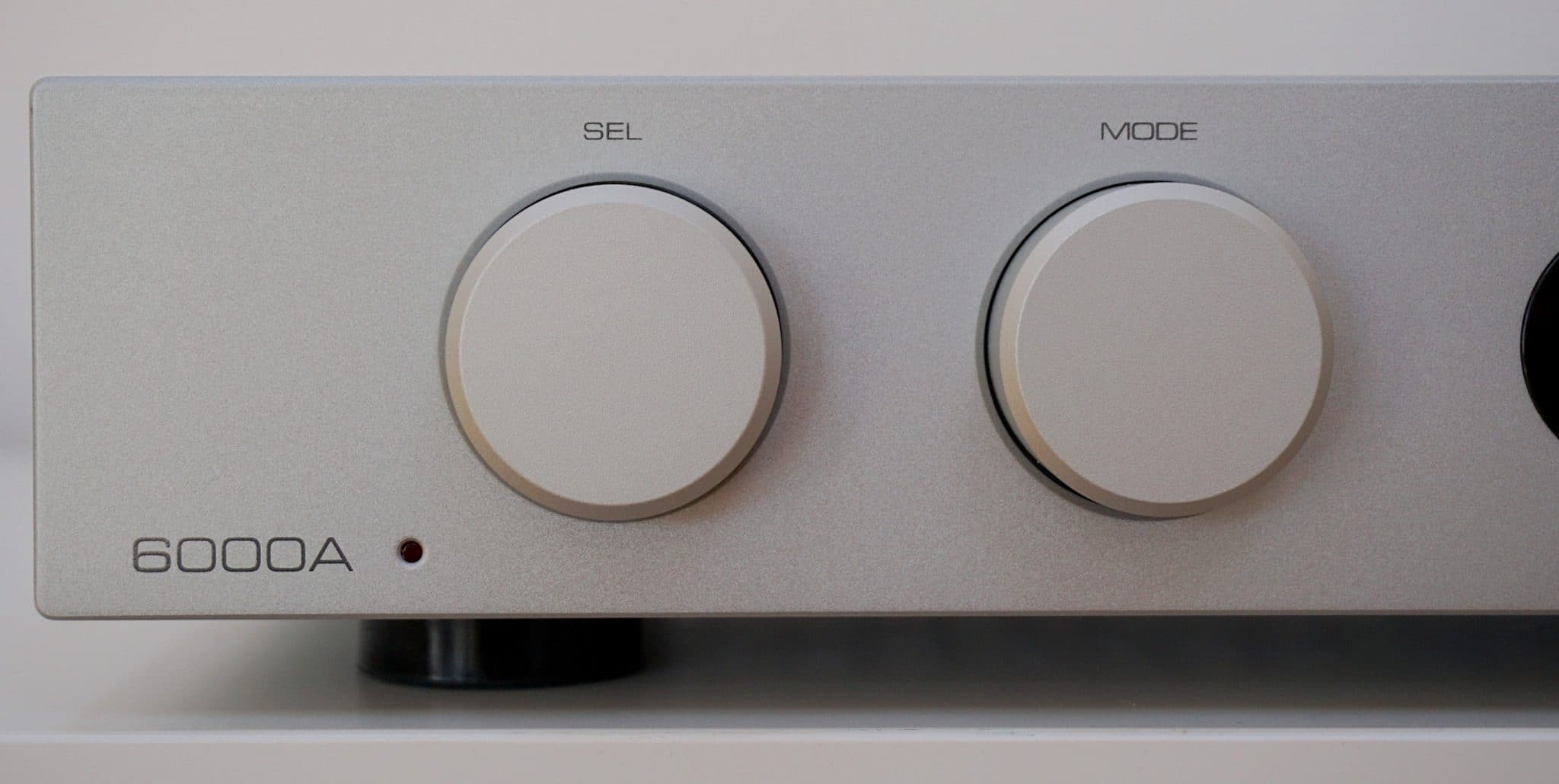
Adopting a traditional and solid form factor on the outside, Paul Rigby realises that the magic is occurring under the lid
The thing about the 6000A, when the aesthetics are considered, is that it looks like an integrated amplifier. Don’t dismiss that point. It’s actually critical to target sales. I say again, the 6000A looks like a traditional integrated amplifier. It looks safe. It looks steady and solid. It doesn’t try anything fancy. You would never accuse the chassis of ever emerging from an Italian design studio. There’s no chic fashion sense with this one. If you saw this box in the 80s, it would look rather racy, that’s for sure, but it wouldn’t look too out of place.
For some users, that is all they want. And that’s important. Weird and even slightly off-kilter designs can scare and make certain hi-fi fans feel uncomfortable. Even slightly conservative half-width amplifiers can be an issue for some.
The 6000A – at least on the outside – is the Mother’s Pride processed white loaf of amplifier design. You can see it for what it is at 30 paces. Again, I’m not damning this amp with faint praise when I say that. That’s not a bad thing. It’s a firm design choice.
Before I began the review of this box, I was comforted to know that the designer of the 6000A was also the same designer of the older 8300A. Jan Ertner took the basis of the latter to create the former which meant that hard won knowledge was now being refined and improved upon. There’s nothing worse than a single line of products that feature a host of designers who not only constantly reinvent the wheel but often make the same old mistakes over and over again (it’s happened many times in the past). Not here. So I already had a sense of confidence going into this one.
This is an amplifier but it features other components too. The ES9018 Sabre32 Reference DAC is one of those, featuring 32bit HyperStream architecture and Time Domain Jitter Eliminator. Again, this chip is not a foreign component. You’ll find it in the company’s M-DAC. Continuity again.
Connected to the DAC are the 6000A’s four digital inputs – two coaxial and two optical – which handle 24bit/192kHz. Tagged to these are user-selectable digital filters: Fast Roll-Off, Slow Roll-Off and Minimum Phase. I’ll say now that I normally hate these sort of things. Anything that takes me away from a pure, default, flat signal is an experience as near to abhorrent as I’m likely to find. That said, I’ll give them all a test in due course.
Streaming is also possible via Bluetooth (plus the now usual aptX codec).
A Class AB amplifier, that can also be used as a pre-amp and as a power amplifier too, the integrated mode of the design pumps out 50W per channel into 8 Ohms, the output stage of the discrete power amp circuits uses a CFB (Complementary Feedback) topology plus a meaty 200VA toroidal transformer followed by four 15000uF reservoir capacity (60000uF in total). The idea is to reduce the strain upon the amplifier and to maintain a sort of backup of power, ready to use.
Audiolab has included a phono stage for moving magnet phono cartridges – a JFET-based circuit with RIAA equalisation. A dedicated headphone amp with current-feedback circuitry is also included.
Spanning 445 x 65.5 x 300mm and weighing 7.8kg, the 6000A is available in a choice of silver or black.
SOUND QUALITY
I started with Mike Oldfield and his Platinum (Virgin) LP from 1979. I played Into the Wonderland, featuring vocals by Wendy Roberts. A sweet, beautifully melodic and slightly melancholic, low key ballad with a high-energy, rocking finish.
I suppose, if I were to describe the 6000A in one word, it would be confident. This amplifier is not shy, it doesn’t try to hide any aspect of its sound envelope. The 6000A will never die wondering. That is, the 6000A gives its all in the cause of making you happy.
The overall presentation from the Audiolab 6000A was balanced and balanced means you get to hear some bass. This is not always the case for mid-placed budget equipment. Bass is often sacrificed or at least trimmed to some extent. Even the best sub-£1,000 amplifiers out there love to trim bass. It’s a cost issue. That doesn’t happen with the 6000A.
The 6000A allows bass into the soundstage. That means that both the percussion and bass guitar were not only able to ground the music and stop it flapping in the wind but also offer a solid, rhythmic pace to the whole arrangement. That is, there was a sense of order here. The music flowed with an added, deeper groove. The structure was both solid and funky.
One of the persistent fears I have as a reviewer, from amplifiers designed at this price point, is frequency discipline. This is another reason that may sub-£1000 amplifiers are rather bass shy. Most of them can’t handle it. Too much of it, at any rate.
That is, there is a danger of allowing too much bass into the soundstage because it may create a warming feeling, leaking into the midrange and creating a sepia-like effect. Again, that never occurred with the 6000A. Frequency discipline was paramount so bass stayed put and never bloomed into the mids.
In fact, let’s pause for a moment here to dwell and emphasise this one feature. If I was going to pin one all-important factor for the success of the 6000A it would be tonal balance. In fact, you could ally tonal balance as being the killer feature of the 6000A. The headline. Tonal balance is the underlying strength of the 6000A. I really haven’t heard anything like it under £1,000.
The upper midrange was delightfully detailed and accurate although fragility and delicacy were not great priorities, I have to say. I never saw reverb tails of filigree lattice flowing from cymbal taps but this is a £599 amplifier we’re talking about here, not a £5,999 design. So no, don’t expect that but do expect to hear everything that a £599 amplifier can provide: complex and chaotic lead guitar with enough precision to make sense, wind instruments that feature a character and lightness of touch and a layered soundstage that revealed even shy instruments lurking at the rear of the mix.
Before I moved from vinyl, note that the built-in phono amplifier is a good one. An external model is better but the internal model will be fine for those of a budget. Buy an external model when you can, though.
I then turned to Bluetooth which I paired to my iPhone 8. Pairing is automatic. That is, you select Bluetooth as a source on the amplifier and the 6000A pops up on your Bluetooth screen on your phone. Painless and easy pairing. I played Marvin Gaye’s Mercy Mercy Me as a lossy file. Often, playing such a file in this way results in a bright and edgy play response but not here. The 6000A was able to calm any possible issues. So while the midrange was lacking insight, bass was hardly focused and treble was almost a non-entity, none of that was the 6000A’s fault. In fact, the 6000A made the best of a bad job, providing a perfectly listenable track without any nasty sonic responses. What I liked about the 6000A’s take on Bluetooth was the creation of a wide soundstage and, because lots of space was now on offer, the instrumental separation that also followed. Allowing each instrument within the mix to be presented on its own, adding to the complexity of the presentation.
Next up, I plugged in my Astell&Kern AK120 into the rear-mounted optical port and played Dire Straits’ So Far Away from their Brothers in Arms album. I liked the way the 6000A handled this 24bit/88.2kHz track because the track was mastered with excessive peak limiting creating a compressed sound. The low noise aspect of the 6000A, the balanced and controlling nature of the upper frequencies and the solid bass foundation allowed this track to be broadcast in a mature and stable fashion. To such an extent that the compressed element was no longer a real issue.
Playing the restful piano tinklings of Erik Satie at the same resolution was a relaxing and enjoyable experience. The potentially chaotic resonance of the piano was handled well by the 6000A in terms of control while the nuanced nature of the keys and pedals from the Satie piano was transcribed with both ease and insight to give the performance a sense of delicacy alongside that sense of authority.
I then took a quick listen at the range of DAC-related filters available within the unit. In the 6000A’s manual, the Phase filter is talked about as if the resultant sound resembled analogue but I had to disagree. The presentation emerged from cotton wool, sounding overly damped with a lack of precision and midrange insight.
The Slow filter reduced that effect dramatically while Fast was a default flat response. I hold my hands up here. I had to eat my words with these filters because my preference leaned towards the Slow filter which I actually found superior to Fast. The latter is supposed to be default and flat but I found Fast to be a touch edgy.
So, thumbs up to Audiolab. I never thought I would actually hear a usable filter on any piece of hi-fi equipment but, blow me down, Audiolab has created the very thing.
One important thing. Critical if you’re sound testing the 6000A and the DAC is significant to you. Make sure you properly review the amplifier with each and every filter. Cycle through each in turn and give each one time. Punching in any one of these filters will change the inherent character of the 6000A’s DAC. For example, if you talked to me about the 6000A having only listened to the Fast filter and I replied to you having only listened to the Slow filter, we’d effectively be talking about two different amps.
Hence, don’t judge the 6000A until you’ve heard all three filters. Listen to your Uncle Paul on this one.
Finally, I plugged in my reference headphones to listen to Satie via the internal headphone amplifier. While there may have been a limit on midrange extension, within the confines of the head amp’s performance envelope, the sound was admirable indeed offering plenty of refined detail on offer plus light and shade to add interest.
CONCLUSION
I listened to this amplifier for some time and realised that the basic presentation was supremely balanced in terms of how it delivered music to the ear. Some hi-fi components do one thing very well and if you’re looking at a budget component that can often be a fascinating experience because build budgets often preclude a generally good performance. The 6000A is one of those pieces of kit that does its best to do everything very well indeed.
Of course, it can’t. Not really. Money won’t let it. That doesn’t stop to trying, though.
In terms of ‘can’t’, what the 6000A doesn’t give you an extended dynamic reach. That high ceiling that higher-end amplifiers provide to allow the upper midrange to soar.
Now, some amplifiers in this price range will give you that. But then they will fall over very badly in other areas because too much emphasis has been placed upon that soaring thing for the build budget limits. So, for example, you may come across an amplifier that offers great midrange extension but the bass will be lacking. In other words, you go too far in one direction? You pay for it in another.
The 6000A doesn’t do that either. It never actually falls down. It never leaves you feeling, “Wow, it does this and this amazingly well but I wish it didn’t do that…” You won’t give that response to a 6000A listening session.
In short, the 6000A provides the perfect balance of performance to a build budget. It’s the perfect compromise. Every part of the sound envelope has been looked at and enhanced to the point when the money ran out. Then Audiolab stopped at that point.
Hence the 6000A squeezes every last penny of performance from your £599. If the designers had been told that the price was £649, they would have improved everything a bit more. For £699? Everything would have been improved a bit more still. You see? The 6000A is even handed, offers great sound and is one of the best value amplifiers on the market. If you want to hear how your money has been spent, buy a 6000A.
Bottom line? The Audiolab 6000A is better than you think.
AUDIOLAB 6000A INTEGRATED AMPLIFIER
Price £599
Website: www.audiolab.co.uk
TO BUY CLICK BELOW:
USA – https://amzn.to/383xoR3
EUROPE – https://amzn.to/3mMazW8
GOOD: confident bass, instrumental separation, upper midrange detail, balanced output
BAD: nothing
RATING: 9
[Don’t forget to check out my Facebook Group, The Audiophile Man: Hi-Fi & Music here: www.facebook.com/groups/theaudiophileman for exclusive postings, exclusive editorial and more!]
REFERENCE
Pro-Ject RPM3 Turntable
Tellurium Q & QED cabling
Blue Horizon Professional Rack System
Harmonic Resolution Systems Noise Reduction Components
All vinyl was cleaned using an Audio Desk’s Ultrasonic Pro Vinyl Cleaner


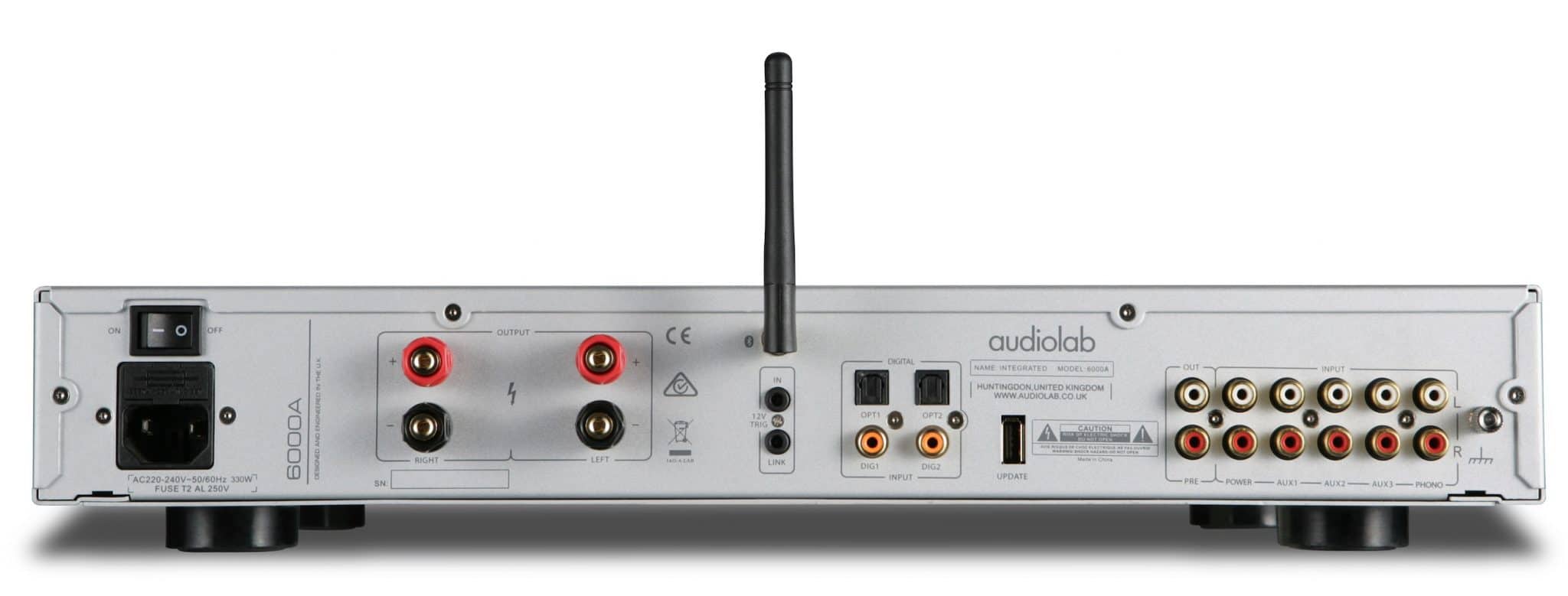
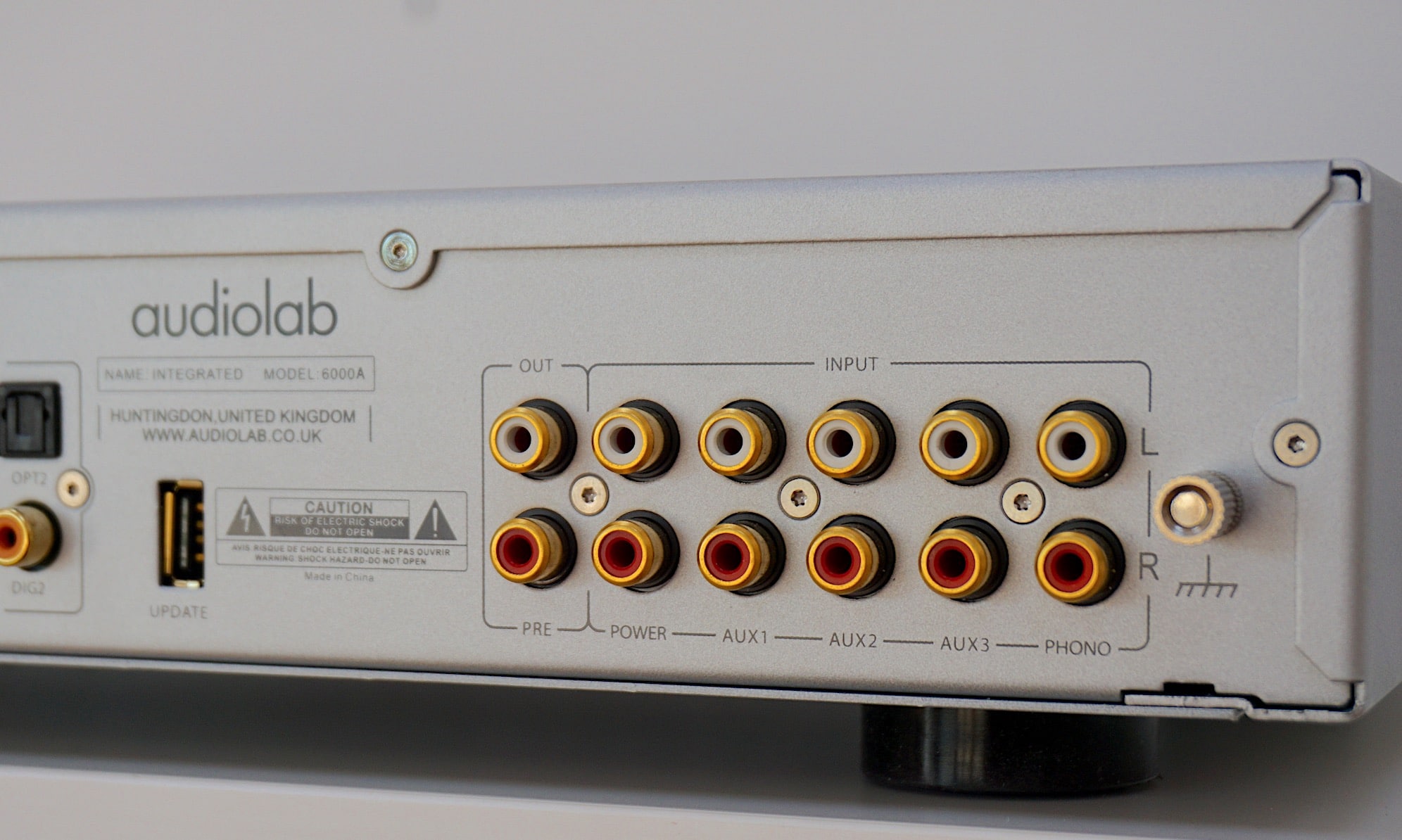
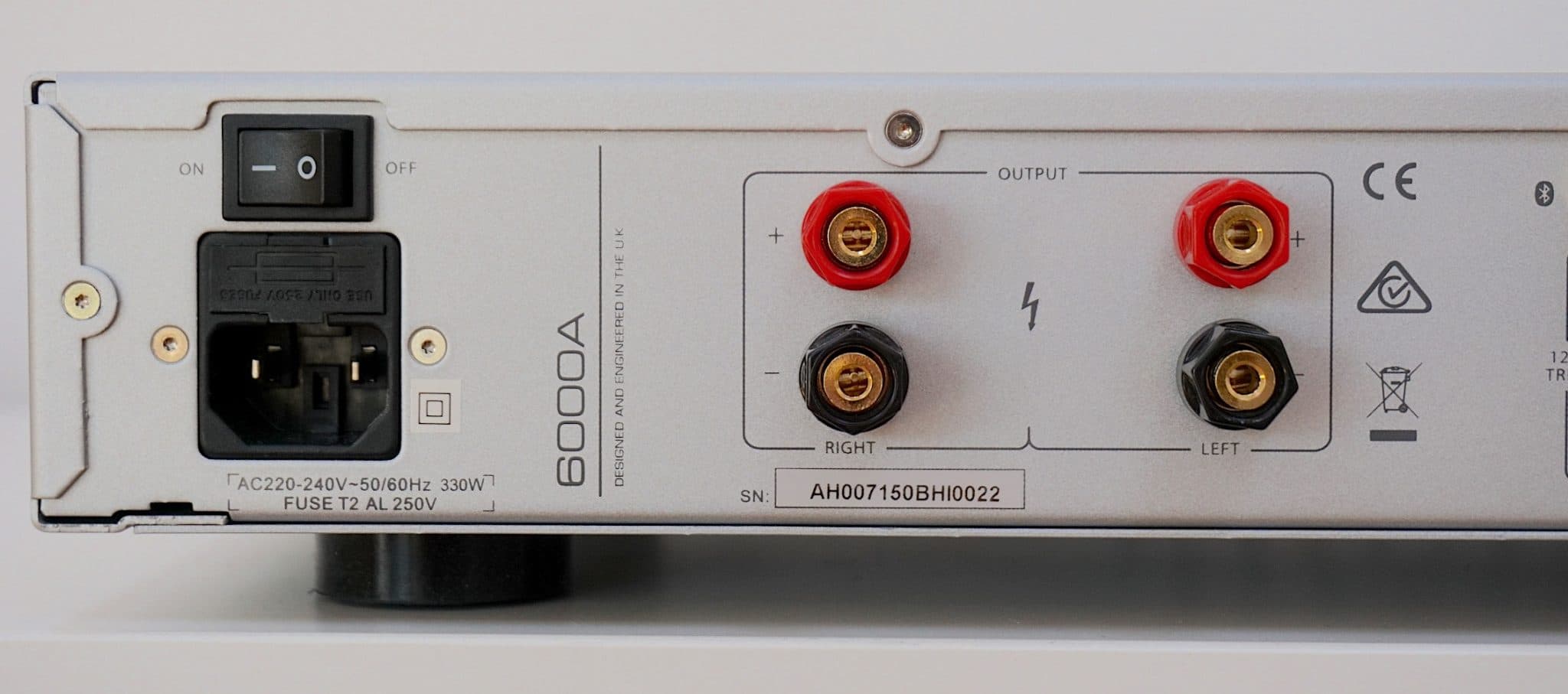
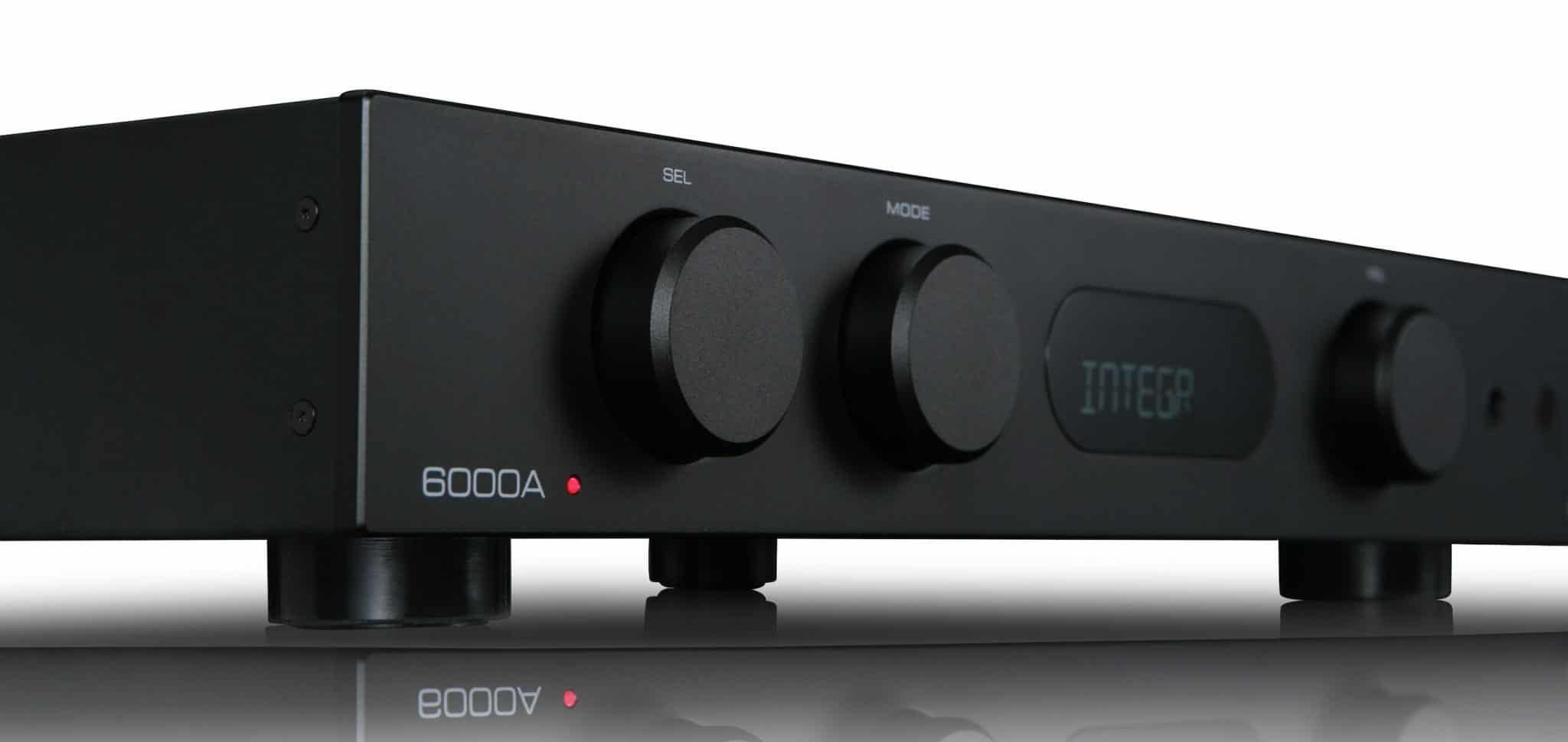
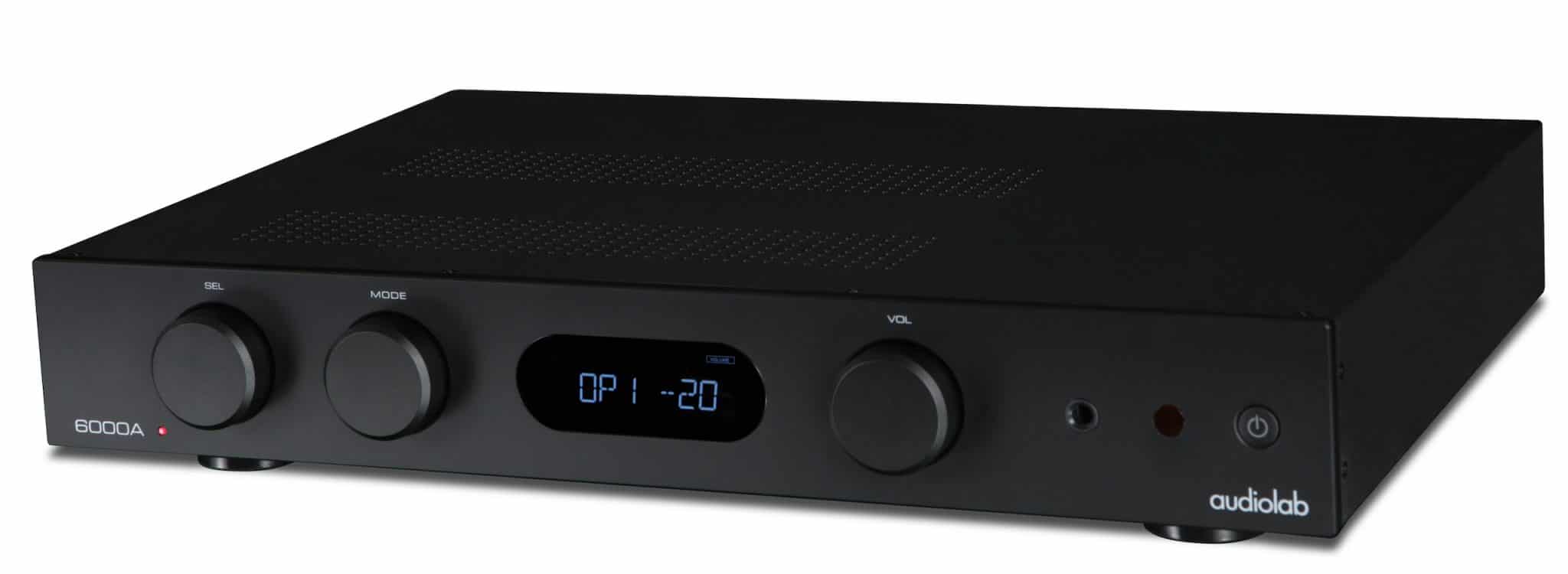
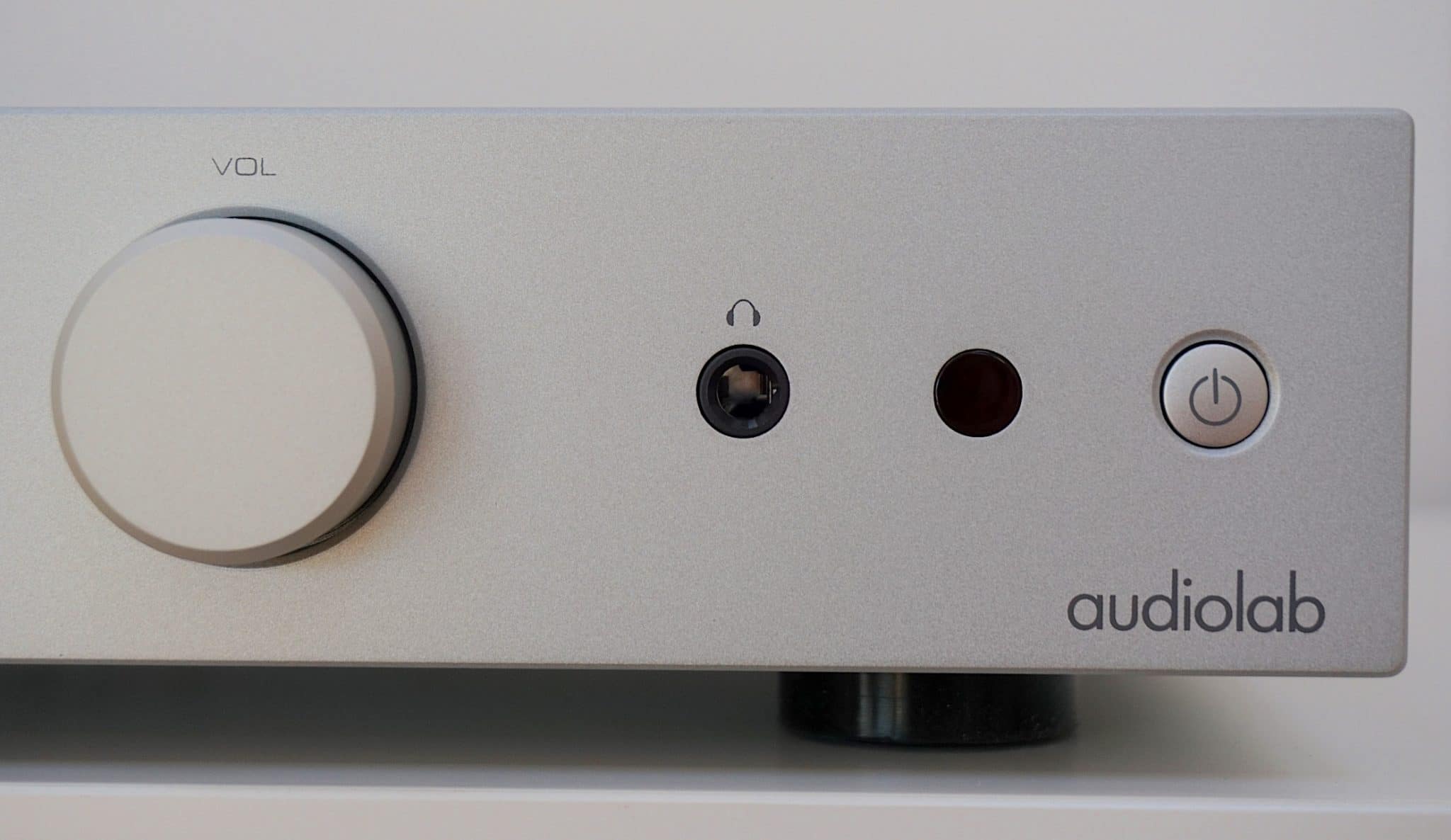
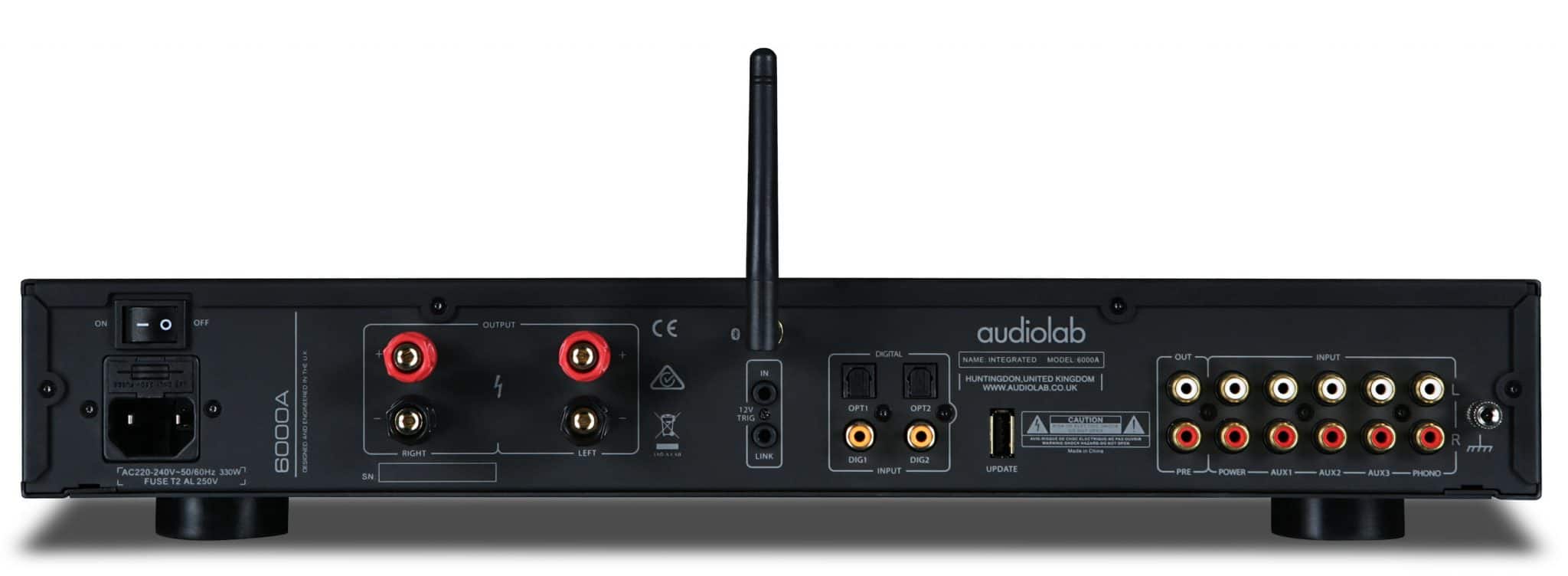

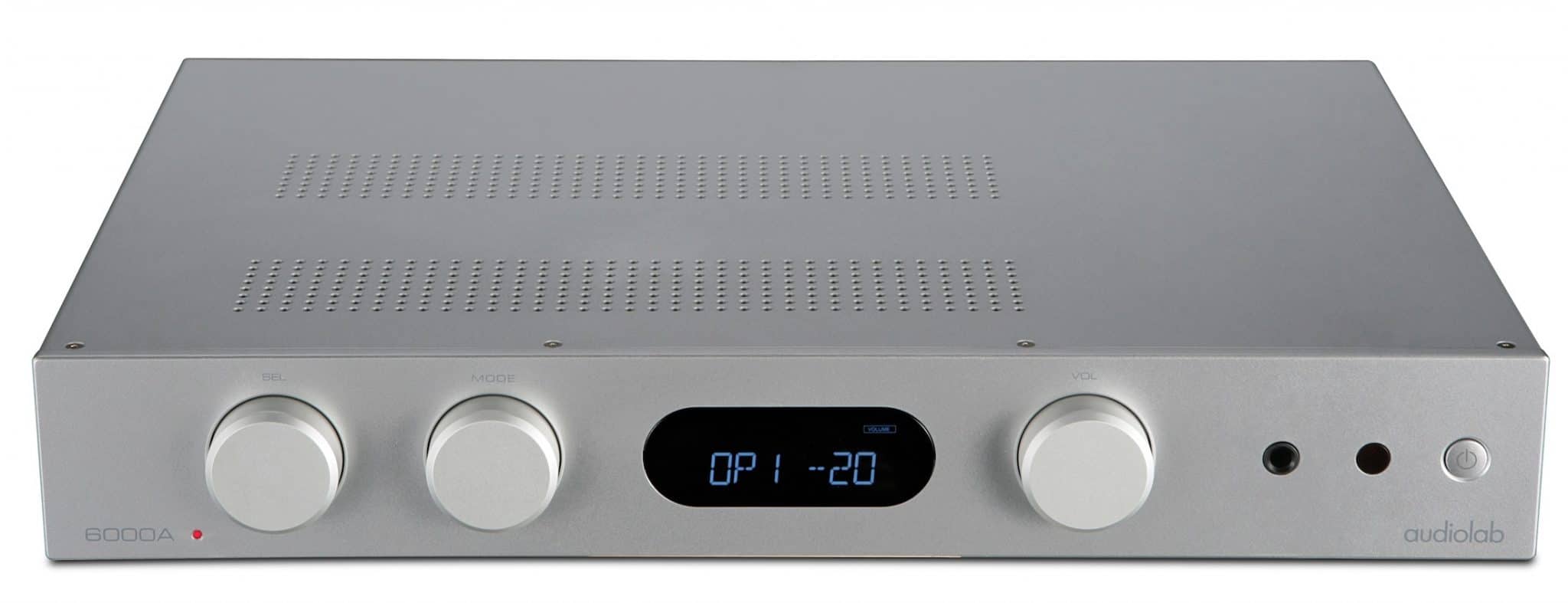
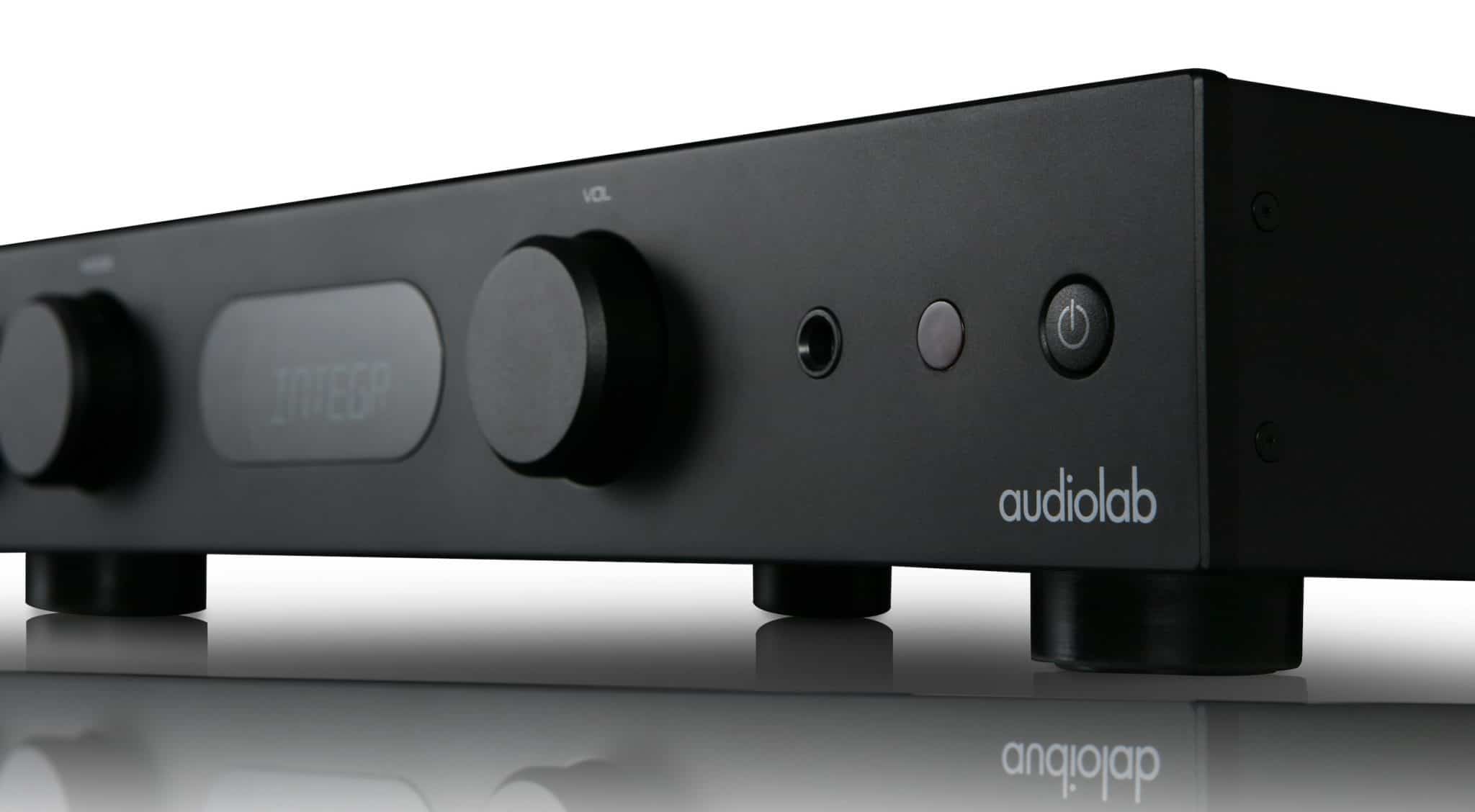
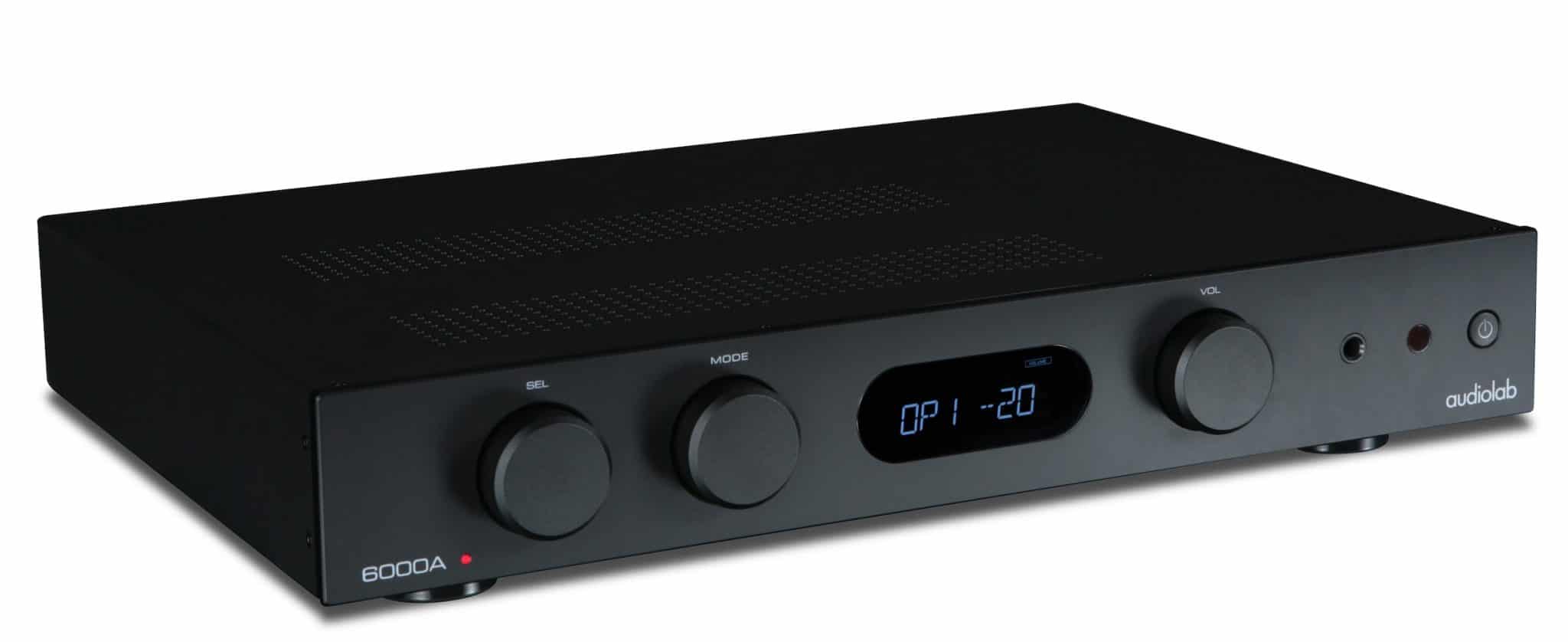



Dear Paul,
I thoroughly enjoyed your writing about the audiolab 6000a as it reaffirms my own impressions. I am currently enjoying the audiolab with a pair of 15 ohm rogers ls35a’s. I enjoyed the rogers previously with my luxman 507 integrated amp, a VAC integrated, and a luxman cl35 pre with a luxkit tube amp. I wanted to try a modern amp for the bt capabilities, remote control, and hopefully the benefits of modern evolved technological advancements.
If I compare the 507 amp there are definitely pros and cons for both, but I’m wondering if you can recommend modern speakers for the audiolab that retain the fun and fatigue-less listening of the rogers.., but with a little more bass and clarity suitable for an orchestra or large chamber ensemble and a slightly more full presentation with the audiolab.
Thanks Don – how much do you have to spend on the proposed speakers?
Thanks for considering my ambiguous question! Honestly the budget would be low if i want to pull the trigger quickly but it could go up to maybe double the value of the 6000a (optimistically) with the right combination of enthusiasm and peak timing of the spouse approval factor.
Practically speaking the rogers are being used on a bookshelf against a wall in a wide room so small speakers would fit the set-up. If there is a budget pair that could compete or better the rogers that would be great news. If there were a particular set of floor standers or larger bookshelf speakers that were a particularly outstanding pair with the Audiolab though I would consider getting rid of the shelf.
After owning only vintage second hand audio equipment I’m really attracted to the new sounds from the Audiolab, so I’m just wondering if newer speakers can bring the sound even more in that direction.
Hi Don – for standmounts, I’d look at these:
https://theaudiophileman.com/spendor-a1/
and for a lower price point:https://theaudiophileman.com/concept-20/
Also watch out for my Martin Logan speakers review coming soon!
Thank you very much for the suggestions, and I’m looking forward to the Martin Logan review!
Thanks for your help Paul, I tried Monitor Audio 100 Gold 5g, PMC Twenty5.21, Martin Logan Motion 35xti & KEF R3, all on the Audiolab 6000a, all sounded great and all sounded different but the KEF R3’s won the day, I cannot stop listening to them, and I’m hearing things I’ve not heard in familiar music before.
Glad your enjoying yourself, Steve 🙂
Hi,
Can I use the 6000a to drive the concept 40?
Or should i pair it with a power amp? Anything to recommend for the power amp?
I went to the XZT website but it doesn’t ship to my country Singapore. Any alternative?
Hi Matt
Yes, you should be fine with the 40s.
Hey Paul,
I hope you are well.
7 months ago I proceeded with purchasing my Audiolab 6000A. Your review and your comments helped to convert my spark to a flirt. After plenty of listening within this period, I have to admit that the Audiolab 6000A is a great piece of gear! The sound quality is amazing across the spectrum. The bass is pleasantly deep and solid, the mids are mellow and the trebles are really nice, sweet and easy to listen. In general, I find the sound well-balanced and pleasant, without being boring at all.
Comparing it to my previous amp, a Yamaha A-S501, the difference is almost chaotic. The Yamaha was making my Kef Q350s sounds very bright and tiring to listen to for a long time. The listening fatigue disappeared in total the moment I installed my Audiolab.
Thank you again for your website and your amazing reviews!
Thanks for your kind words, AK. Appreciated.
Hi Paul,
If i use the 6000a as a preamp, will the 8300mb be a good fit with it?
Hi Matt – if you do, then I wouldn’t settle for the 6000A as a pre. As soon as possible, I would buy yourself a dedicated Pre to enhance sound quality. So I would wait until you had the cash for the Power and were within spitting distance of grabbing a Pre.
Hello Paul,
Could you recommend a good pre-amplifier in this price range instead of using Audiolab6000A as a pre.
Thanks/Kenny
Hi Kenneth – take a look at Schiit. The Saga Plus, perhaps?
Hi Paul,
Thanks for the quick reply.
Hi Paul,
would the 6000A be a good match for the Wharfedale Diamond 10.4 speakers?
Yep – shouldn’t be a problem there, Filip.
Hello Paul,
There are 4 Schiit preamps I read about in the site, except for the Freya , the others are available at the local dealer. I am really confused which one will suit my needs. My plan is to buy a good power amp, or maybe step it up and buy mono blocks. Any suggestions?
Thanks and Brgds / Kenny
Hi Kenneth – for the Schiit DACs, performance follow price so buy the best you can afford. Again, what budget do you have for a power?
Hello Paul,
Thanks for your advice. I figure I could shell out around 1.5 grands or thereabouts for the power. In this price point which one is better – power or monoblocks. Any suggestions and advice.
BTW, I really enjoy watching your reviews, they are informative as well as entertaining. More power to you:)
Warm Regards / Kenny
That’s very kind of you, Kenneth. Thanks 🙂
You can use this power amp as monoblocks (or a single amp but monoblocks are preferable): https://theaudiophileman.com/edge-a2-300-amplifier-review-xtz/
Hello Paul,
I live in India, and the options are fewer than you would like 🙂 The Schiit Audio dealer has informed me that their stocks are exhausted and fresh supplies are hit due to the pandemic. The few dealers who have stock have Parasound NewClassic Pre Stereo Amplifier which goes for around a grand or so. I don’t know if that is up to the mark.
XTZ is difficult to come by here. However, the Audiolab 8300 MonoBlock is available, also the Quad Elite Stereo Amp is available, also the Quad Elite QMP Mono Power Amp, also the Quad Elite Mono Power Amp, Creek Evolution 50P Power Amp, Creek Evolution 100P Power Amp. I could wait till the pandemic stabilizes and stocks are available or buy something which is available out here and hope it works out well.
Any suggestions:)
Thanks again for your invaluable comments/advice.
God Bless
Kenny
I’d lean towards the Audiolab, Kenny.
Hi Paul.
Just to say I stumbled upon your review last year when I was trying to work out what to purchase within my price range. The 6000A along with a pair of Monitor Audio Bronze 2’s have made my life a joy coming from an old Denon Mini hi-fi. I do have one question though. I’m looking at getting some new headphones to do justice to my music and was looking at picking up some Beyerdynamic DT 770 Pro’s would the 6000A be able to drive the 250 Ohm version or would you suggest the 80 Ohm?
Once again thanks for a great review that really helped with my purchasing decision.
Hi Luke – thanks for your comments and yes, the amp will be able to handle your new 770 headphones.
Thanks Paul 🙂
Hi Paul, really enjoyed your review.
I have a pair of Concept 40s that I purchased last year (thanks in part to your review) and am debating between these following to replace an extremely old Denon 345R receiver with a FS-Audi DAC-X6:
Audiloab 6000a, Creek 50a and Marantz AMP1.
Would appreciate your input very much:
Thanks so Much, and thanks for helping choose my Q-Acoustic Concept 40s. They’re great!!!
The Creek is nice but I’d lean towards the 6000A which I believe has the edge on the others listed. Glad you’re enjoying your speakers, Glen.
HI Paul, I hope this finds you well.
I really enjoyed reading your Audiolab 6000A review, I have always found your write ups very insightful. What are your thoughts on how the 6000A compares to the Cambridge Audio CXA81 particularly in regard to soundstage and bass response? Would the Audiolab be able to drive my NHT 1.5 speakers (22 years old but still love them) as capably as the higher output CA? Thanks!
I do hope to grab a selection of Cambridge kit in the future, when I get a bit of time, so cannot provide a direct comparison just yet Miguel. Saying that, the 81 *should* be a lot better, if judged on price and the parts list.
Great Review.
I have Q Acoustics 3050i towers along with center channel and 3010 side surround – using it in my living room for everyday tv watching, listening to music while cooking, watching some netflix, playing some youtube videos.
Running it all with Denon AVR. Wondering to purchase this 6000A – connect as home theater bypass and run the front two 3050i speakers for better stereo listening – would they suit well with 3050 – I am fan of warm non fatiguing sound.
Thank for this – I’ve addressed your question via your YouTube query.
Hi!
Please help me-I would upgrade/change marantz pm7005 to audiolab 6000a.
I like the marantz’s deep and full bass sound, clear vocals&midrange, transparent treble.
A real all-rounder, I use it for music and movies too, not need tone or subwoofer, it shakes the room with a pair of Heco Elementa 300 bookshelf loudspeakers.
I am afraid of the audiolab has not as enough “warm” sound as the marantz. The power is okay but the sound..
Good idea to change? Listen music 90% and movies 10%.
Best regards
Peter
Hi Peter, tonally, the 6000A is very balanced and it handles bass very well as it integrates it into the mix, as it where. I wouldnt say that it emphasises any one frequency so if you want bass emphasis, then this might not be for you.